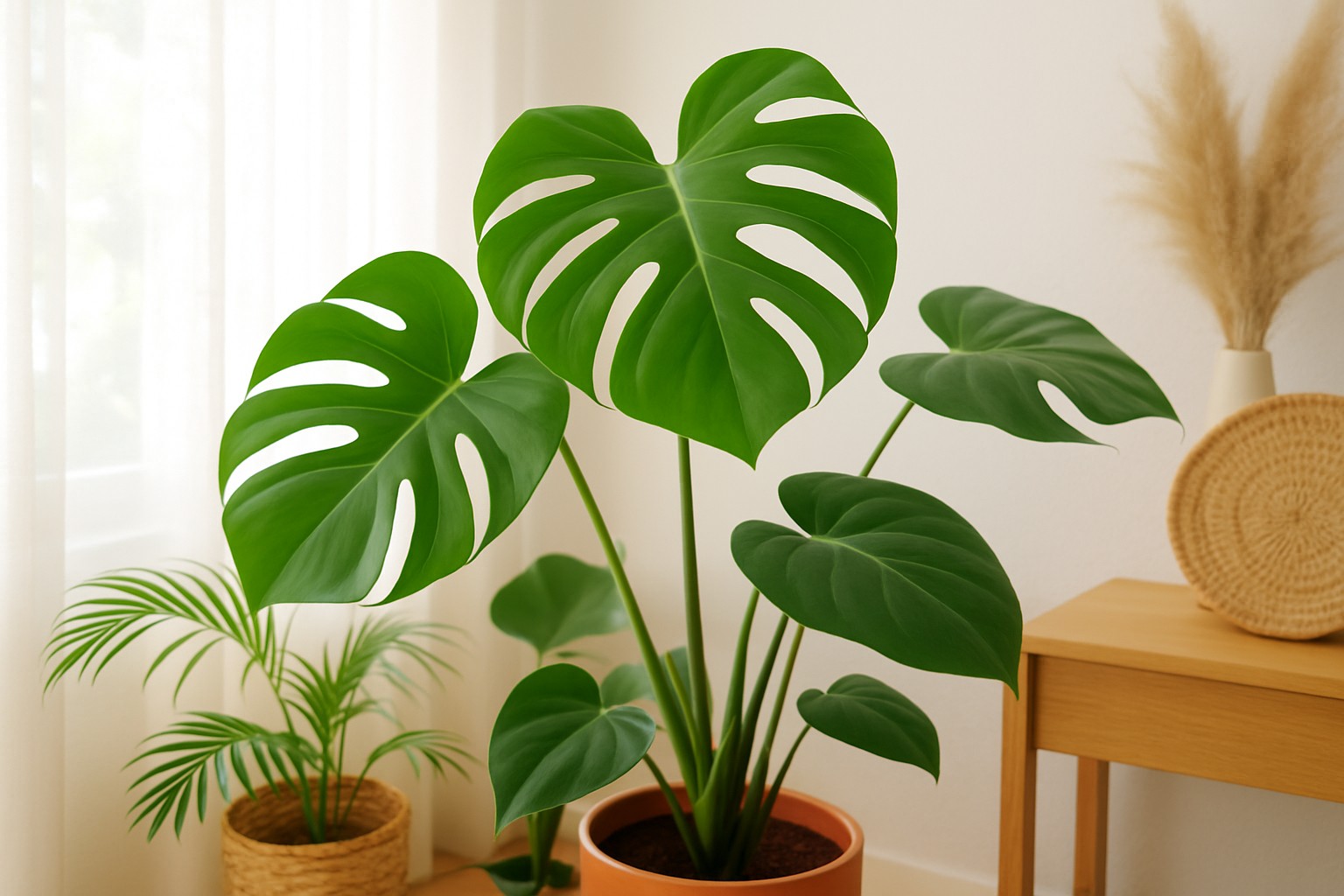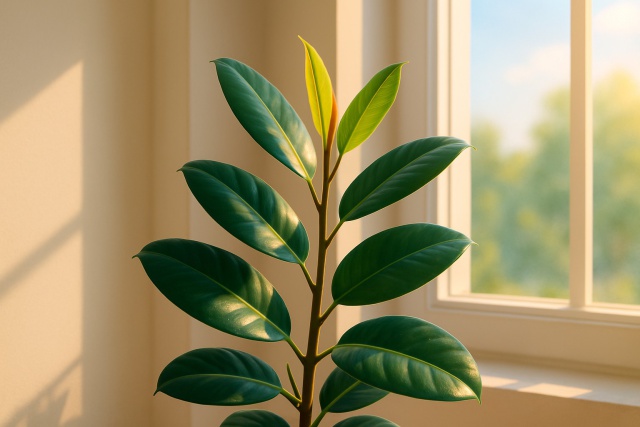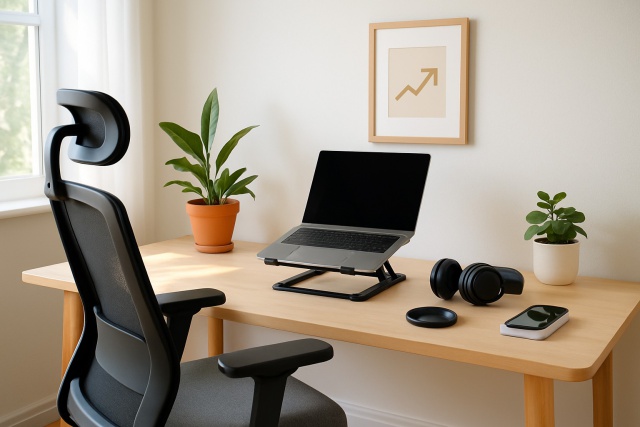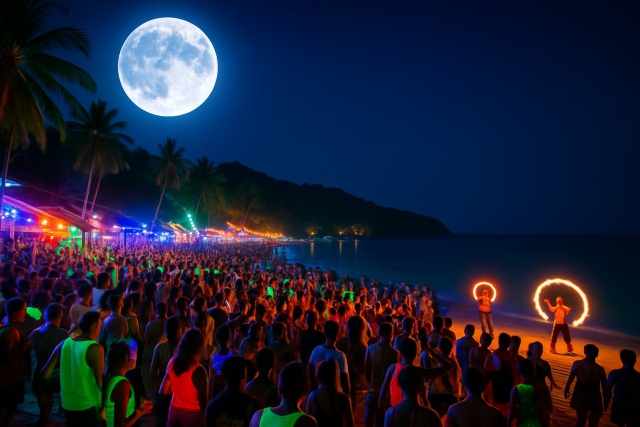Can Monstera Grow in Low Light or Do They Need Sun?

Monstera plants, famous for their uniquely split and perforated leaves, have quickly become a beloved staple among houseplant enthusiasts worldwide. A common question that pops up is whether can monstera grow in low light or if they absolutely need direct sunlight to flourish. Figuring out how much light these plants really crave is vital if you want to keep them healthy and looking like a million bucks indoors. We’ll explore where Monsteras naturally hang out and how light influences their growth. We will also share some down-to-earth tips for taking care of them in those less sunny spots many of us have to deal with.
Getting to Know Monstera A Peek into Its Origins and the Wild Places It Calls Home
Monstera plants hail from the lush tropical rainforests of Central and South America where they scramble up as climbing vines beneath the thick canopy overhead. Out in the wild, Monsteras usually catch dappled sunlight filtering through the leaves above and flourish in cozy humid spots that are more about shade than direct intense sunlight.
Shedding Light on the Role of Light in Plant Growth
Light powers photosynthesis, the fascinating process plants use to transform light energy into food that fuels their growth. The intensity and duration of light they soak up can really influence how efficiently they photosynthesize. This then plays a big role in their overall health, size, and leaf development.
- Direct sunlight dishes out the most intense light but is often too much for plants that like to chill in the shade.
- Bright indirect light usually supplies the right amount of energy for photosynthesis while avoiding pesky leaf burns.
- Low light means spots with barely a lick of natural light like shadowy corners or rooms where the sun barely says hello.
- When light falls short growth tends to slow down and you might notice your plants showing yellowing leaves, stretched-out stems and smaller-than-usual foliage.
- Some plants get crafty with low light by growing larger leaves or dialing down their metabolism just to get by in dimmer digs.
Is It Really Possible to Grow Monstera in Low Light Conditions?
Monsteras are pretty much born to handle the low light beneath tropical canopies so they get along just fine and even grow inside those dimly lit corners of your home. They prefer bright indirect light to really strut their stuff but thanks to a few nifty physiological quirks Monsteras can still photosynthesize and keep chugging along with slower growth when the lighting isn’t exactly ideal.
- A Monstera thriving in low light usually keeps its leaves healthy and green without much yellowing.
- When light is low, new leaf growth slows and the leaves get smaller with fewer signature holes.
- The plant might stretch out, growing leggy or producing longer stems as it reaches toward any patch of light.
- Compared to its growth in brighter spots, Monsteras grow slower in low light but still hold their own indoors if given a little extra TLC.
How Exactly Do We Pin Down Low Light for Monsteras?
Low light indoors usually refers to spots where natural light barely appears or sneaks in indirectly—think rooms facing north, corners a few feet from windows, or areas shielded by curtains or trees. Offices with just a few windows or living rooms with windows like tiny peepholes often fall into this category.
Do Monsteras Need Direct Sunlight to Thrive?
Direct sunlight often scorches Monstera leaves leaving brown spots and a dry, crispy look. These plants thrive in bright filtered light—think of the gentle dappled shade they enjoy in their native rainforest rather than the harsh glare of full sun.
- Direct sunlight often causes leaf scorching and persistent brown patches that indicate an unhealthy plant.
- Harsh sun exposure can dry out leaves and diminish their vibrant, healthy texture as if exposed to desert conditions.
- Monsteras thrive in bright indirect light or soft filtered sunlight that resembles the dappled shade of their natural environment.
- Positioning Monsteras near east or north-facing windows provides balanced light without exposure to intense direct sunlight.

Monstera thriving in bright indirect sunlight near a north-facing window.
Tips for Growing Monstera in Spaces with Low Light
Taking care of a Monstera when the sun seems to take a day off can feel like a bit of a balancing act, but don’t worry, it’s definitely doable. With just a few thoughtful tweaks, your leafy friend can thrive even in those less-than-sunny spots that don’t get much natural light. Let’s dive into some handy tips that should make your Monstera feel right at home, no matter how gloomy it gets around the windows.
If your home doesn’t soak up much natural light don’t worry—you can still help your Monstera thrive by placing it in the right spot, adding a little extra light, and being more careful with watering.
- Find the brightest spot in your home that doesn’t catch direct sunlight—somewhere like near a north-facing window or tucked behind a sheer curtain works wonders.
- Think about adding grow lights designed for indoor plants to boost natural light, especially when winter days start feeling too short.
- Give your Monstera a little spin every few weeks so it soaks up light evenly and grows in a balanced way—trust me, it makes a difference.
- Water less frequently since Monsteras tend to grow slowly in low light and too much water can invite root rot.
- Keep humidity levels cozy by misting the leaves now and then or firing up a humidifier—these tropical beauties thrive when you recreate their favorite steamy environment.
How to Make the Most of Artificial Light for Your Monsteras
LED grow lights provide a full spectrum of light tailored to support photosynthesis, which makes them a real lifesaver for Monsteras stuck in darker rooms or windowless corners. They step in to fill the gap left by missing natural sunlight indoors, effectively ramping up both light intensity and the amount of time your plant gets to soak it all in.
- Full spectrum LED grow lights do a great job mimicking natural sunlight and give your plants the boost they need in photosynthesis.
- You’ll want to shine the lights for about 12-16 hours a day to make up for shorter daylight hours when the sun takes a break.
- Keep the lights roughly 12-18 inches above your plants, close enough for even exposure but not so close that you risk turning up the heat on them.
- Timers are a real lifesaver here because they help automate your lighting routine and ensure your plants get consistent care without you having to babysit the schedule.
Frequent Misunderstandings About Monstera Light Needs What You Might Be Getting Wrong
Monstera plants are pretty adaptable and can handle a range of lighting conditions. That said, how quickly they sprout and the way their leaves shape up can definitely change depending on the light.
- Myth: Monsteras need direct sunlight to grow big and healthy. They actually prefer bright, indirect light to really thrive.
- Myth: Low light will wipe out Monsteras fast. They can hang in there with low light, though they’ll definitely take their sweet time growing.
- Myth: Monsteras grow at the same speed no matter the lighting situation. Their growth rate can shift quite a bit depending on how much light they soak up.
- Fact: Monsteras are pretty adaptable plants but they usually put on their best show under moderate to bright indirect light.
Other Important Factors That Play a Role in Monstera Growth Beyond Just Light
While light is absolutely essential, you might wonder: can Monstera grow in low light? The truth is, a few other factors quietly pitch in to keep your plant thriving. Proper watering and the right soil mix with just the right humidity and temperature all team up to create a cozy environment where your Monstera can really spread its wings alongside good lighting.
- Water Monsteras when the top inch of soil feels dry to the touch but be careful not to leave the roots swimming in soggy soil.
- Use well-draining soil packed with rich organic matter.
- Aim for humidity levels around 60% or higher to mimic their natural tropical hangout spot where they’re happiest and healthiest.
- Keep temperatures between 65-85°F (18-29°C). These plants aren’t fans of drafts or sudden chills, so try to keep things cozy.
- Feed your monster monthly during the growing season with a balanced fertilizer.
- Keep an eye out for pesky guests like spider mites or scale because catching these early can save you a lot of hassle down the road.




